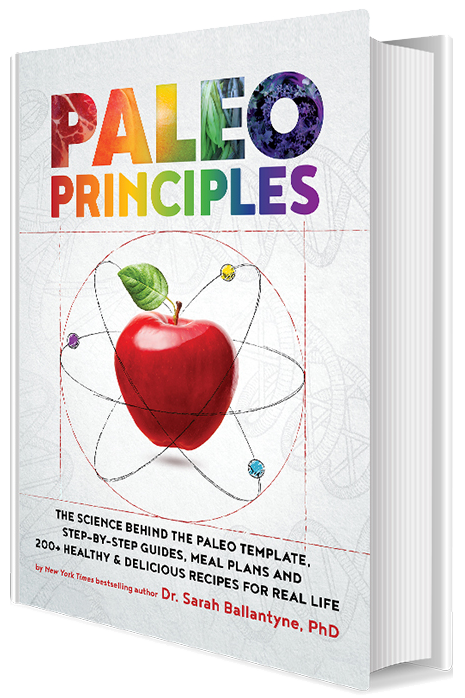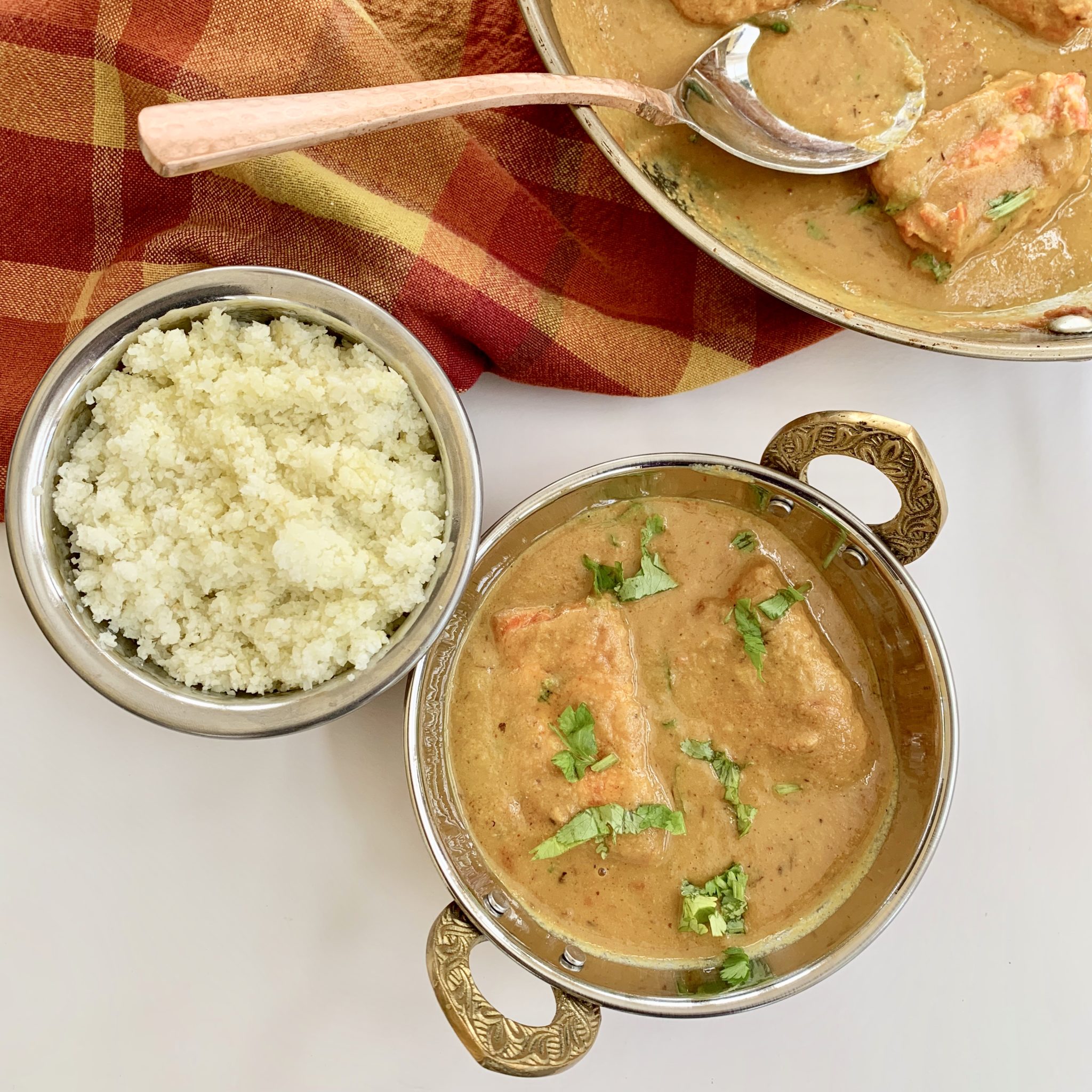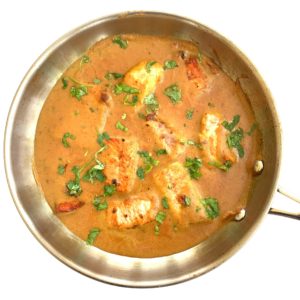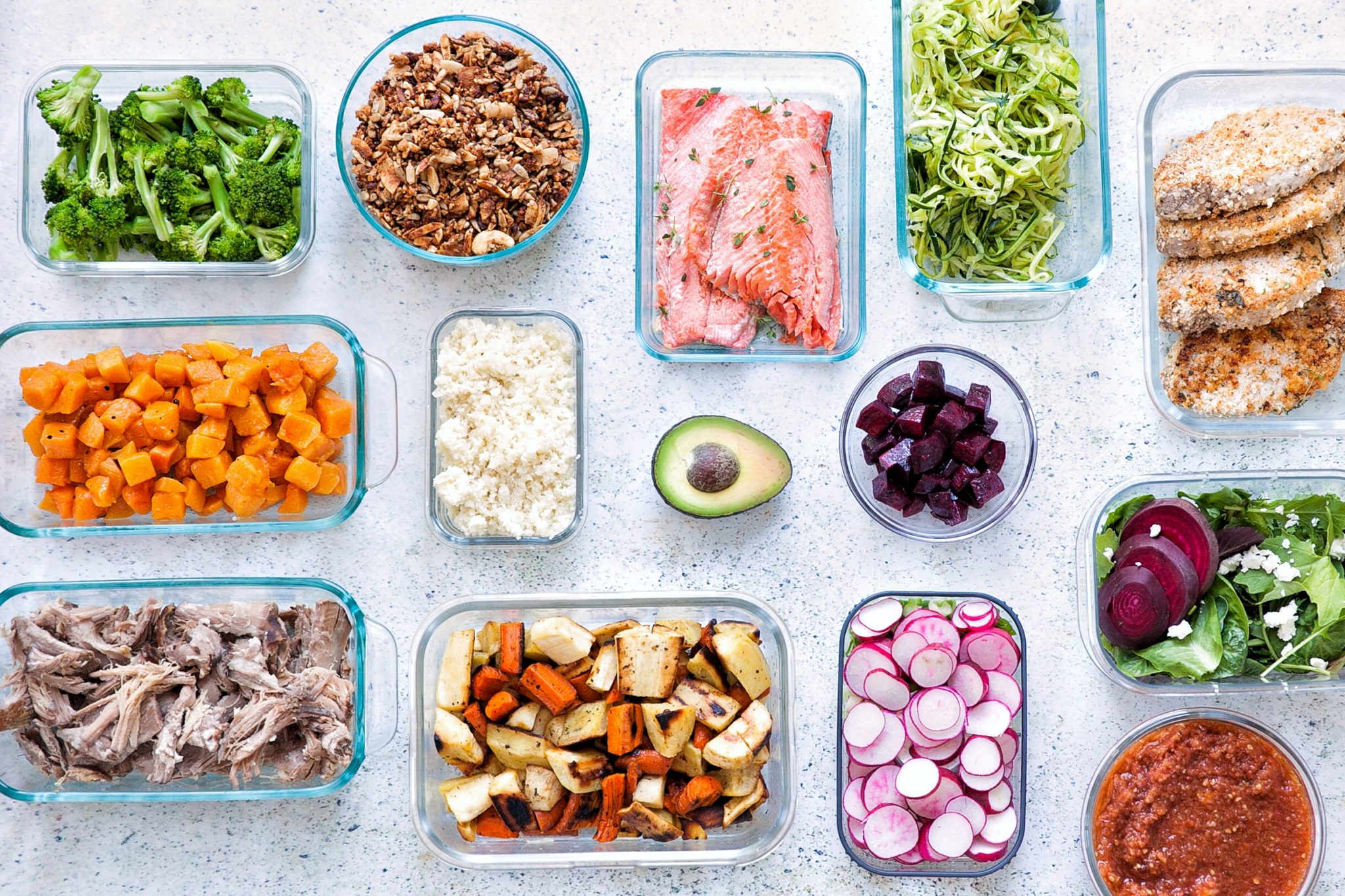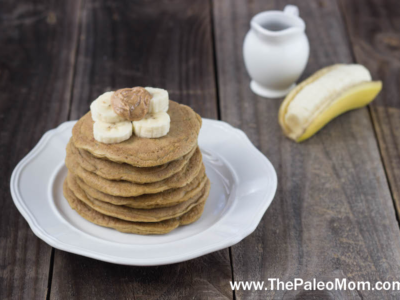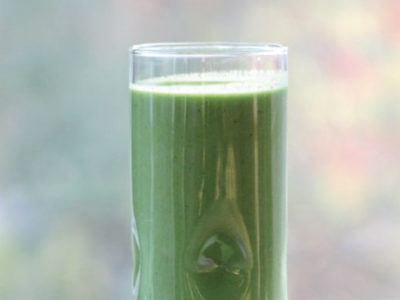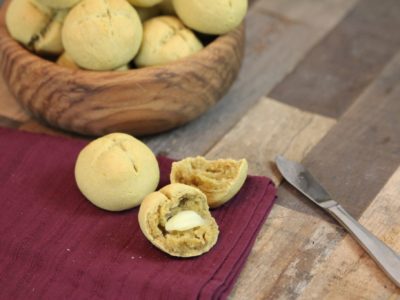 Indira Pulliadath is a nutritional therapist, cooking instructor and a passionate foodie and food blogger who blogs at ‘Cook 2 Nourish’. Indira has a Master’s degree in Pharmacoeconomics and she spent over 15 years doing analytics and research. In 2015, her life changed suddenly when she was diagnosed with severe Rheumatoid Arthritis that progressed quickly to all her joints. When medications alone were not able to reduce her pain and inflammation, she started looking at alternative treatment modalities. After a frustrating period of trying out various programs and therapies, she was finally directed towards the Autoimmune Protocol, or the AIP, by her naturopath. Indira being a scientific oriented person who believed in ‘Evidence Based Medicine’ approaches, was very impressed by the wealth of information that was available regarding the AIP approach on the ‘The Paleo Mom’ website. Reading Dr Sarah Ballantyne’s articles made her very hopeful and she plunged into AIP head on and was duly rewarded with her pain and inflammation showing marked reduction after a month of going AIP. Since then she continued with the diet and over the past two years has been able to successfully reintroduce a few foods back. Her own success with AIP motivated her to change careers and become a nutritional therapist. Since cooking has always been a passion for her, Indira now loves to create Paleo and AIP recipes that are inspired by her southern Indian background where seafood, cassava, plantains and coconut are staples. She has co-authored a few community AIP cookbooks ‘30 Min Paleo/AIP Meals’, ‘The Global Paleo/AIP Kitchen’ and ‘AIP by Season’. She is currently working on her own cookbook ‘Indian Paleo Cooking’ scheduled to come out later in the year. Indira lives in CT with her husband and two children. In her free time, she loves to dance (and embarrass her teenaged kids) and watch all kinds of cooking shows! You can follow Indira on Instagram , Youtube and Facebook
Indira Pulliadath is a nutritional therapist, cooking instructor and a passionate foodie and food blogger who blogs at ‘Cook 2 Nourish’. Indira has a Master’s degree in Pharmacoeconomics and she spent over 15 years doing analytics and research. In 2015, her life changed suddenly when she was diagnosed with severe Rheumatoid Arthritis that progressed quickly to all her joints. When medications alone were not able to reduce her pain and inflammation, she started looking at alternative treatment modalities. After a frustrating period of trying out various programs and therapies, she was finally directed towards the Autoimmune Protocol, or the AIP, by her naturopath. Indira being a scientific oriented person who believed in ‘Evidence Based Medicine’ approaches, was very impressed by the wealth of information that was available regarding the AIP approach on the ‘The Paleo Mom’ website. Reading Dr Sarah Ballantyne’s articles made her very hopeful and she plunged into AIP head on and was duly rewarded with her pain and inflammation showing marked reduction after a month of going AIP. Since then she continued with the diet and over the past two years has been able to successfully reintroduce a few foods back. Her own success with AIP motivated her to change careers and become a nutritional therapist. Since cooking has always been a passion for her, Indira now loves to create Paleo and AIP recipes that are inspired by her southern Indian background where seafood, cassava, plantains and coconut are staples. She has co-authored a few community AIP cookbooks ‘30 Min Paleo/AIP Meals’, ‘The Global Paleo/AIP Kitchen’ and ‘AIP by Season’. She is currently working on her own cookbook ‘Indian Paleo Cooking’ scheduled to come out later in the year. Indira lives in CT with her husband and two children. In her free time, she loves to dance (and embarrass her teenaged kids) and watch all kinds of cooking shows! You can follow Indira on Instagram , Youtube and Facebook
I started AIP two years ago and the first month was the hardest. I did not miss bread or dairy or even sugar. But boy, I was so miserable without my spices! My little spice box with multiple compartments for spices had always been my favorite arsenal in the kitchen and I was feeling totally lost unable to use a lot of the spices that were in them like chilli peppers, black peppers, cumin, coriander, cardamom, fennel, mustard, fenugreek, star anise etc etc!
But very soon I learned to work with the limited spices that were at my disposal and make delicious curries with them too. In fact over time I have come to realize that when it comes to spices, ‘less can be more’. When you use only one or two spices at a time, your palate is better able to enjoy the flavors!
This fish tikka masala was one of my creations at that time. Tikka Masala or any typical Indian curry for that matter typically uses tomatoes and nightshade spices. To create that same flavor that tomato brings to a curry, I had to scratch my brains for a substitute and I quickly came up with cranberries as a substitute. Cranberries provide the flavor and tartness that comes with tomatoes. I had to do a bit of experimenting and recipe development to arrive at the perfect curry. But I nailed it finally and my family loves the new version too. In fact they do not miss the old version at all! Since I hail from the southern part of India, dairy was never used in our cooking much and coconut milk was always the mainstay in curries and that is what I have in this recipe too. Now that I have successfully reintroduced ‘Kashmiri chilli peppers’(Kashmiri chillies are the mildest out of all the Indian varieties of chillies), I add a little bit of that to the curry base. But trust me the curry tastes fabulous even without it!
By the way, do you know that cranberries in addition to being loaded with antioxidants, also promote better digestive health? Cranberries are rich in prebiotic fiber which helps feed beneficial gut bacteria (source: Zhao S1, Liu H2, Gu L1, J Sci Food Agric. 2018 Jan 9. doi: 10.1002/jsfa.8882. “American cranberries and health benefits – an evolving story of 25 years.”). So what I am trying to say is that your body will definitely not miss the tomatoes ☺
A couple of tips about making this curry:
- You can use any thick fleshed fish for this recipe. Wild caught cod or salmon taste really good.
- A lot of Indian curries use ginger and garlic for the aromatic base. If you plan to cook a lot of curry, it might be efficient to make a large batch of ginger garlic paste (as described in the recipe below) and keep in the refrigerator. It stays fresh for about 2 weeks.
Fish Tikka Masala
Yield 4 servings
Ingredients
- 1 ½ pounds of Cod or Salmon filets (wild caught)
- 8 cloves of garlic, peeled
- fresh ginger (2 inches by 1 inch), peeled
- 1/2 teaspoon sea salt
- 2 tablespoons extra virgin olive oil
- 2-4 tbsp coconut oil for pan frying
- 1 small shallot or ½ of a small red onion
- ½ cup cranberries fresh or frozen (frozen should be thawed)
- ¾ teaspoon ground turmeric
- ½ teaspoon Kashmiri chilli powder (optional; omit for AIP)
- 1/2 can 13.5 oz, canned coconut milk (Native Forest Simple Organic Unsweetened recommended) or homemade coconut milk
- ½ cup water
- 1 tablespoon freshly squeezed lemon juice
- Additional ¼ tsp sea salt or as needed
- fresh cilantro and thinly sliced onions for garnish
Instructions
- Cut the fish filet into small pieces (about 2 inch by 1 inch thick each). On each piece, score small shallow cuts on top using a pairing knife so the marinade can get in. Dab with paper towels to remove all water from the surface of the fish. Keep aside.
- In a small food processor jar, add the garlic, ginger, the sea salt and the olive oil. Grind to a paste.
- Take 1 tablespoon of this paste (leave the rest of the paste in the food processor) and add it to the fish pieces and mix well using your hands to coat the pieces well. Keep aside for 5-10 mins to marinate.
- Heat a frying pan/skillet and when hot, add about 2 tablespoons of the coconut oil and heat on medium heat for 1 minute. When the oil is hot, add the marinated fish pieces (you may need to do in two batches) and cook for 3 mins on one side. Then flip each piece and cook for 2 more minutes. Transfer the fish filets to a dish.
- Now add the onion and cranberries to the food processor and grind to get a fine paste.
- Place the same pan in which you fried the fish (along with the leftover coconut oil) again on the stove and heat till hot. Immediately transfer the ground paste from the food processor to the hot pan and turn heat to low. Cook for 2 minutes stirring continuously. Add the turmeric, Cayenne / Kashmiri chilli (if adding) and stir for 30 seconds. Add the coconut milk and stir again. Now rinse the food processor jar with the ½ cup water and add that to the pan too. Let the mixture come to a simmer and turn heat to low.
- Add the lemon juice and check for salt and add more salt as needed.
- Finally, add the fried fish pieces into the sauce and let simmer for another two minutes. Turn heat off and garnish with thinly sliced red onions and fresh chopped cilantro. Serve with cauliflower rice or cassava rotis/tortillas.
Notes
Equipment needed:
- Food processor with a small jar
- Large bottom skillet or frying pan


